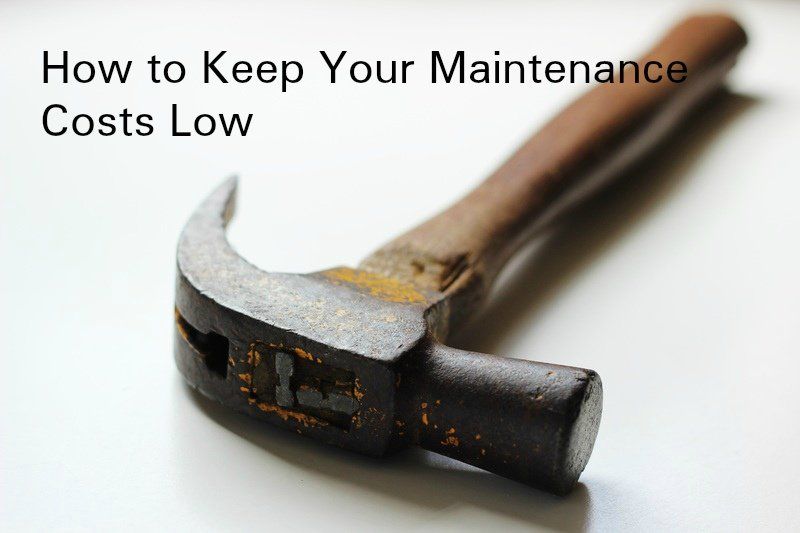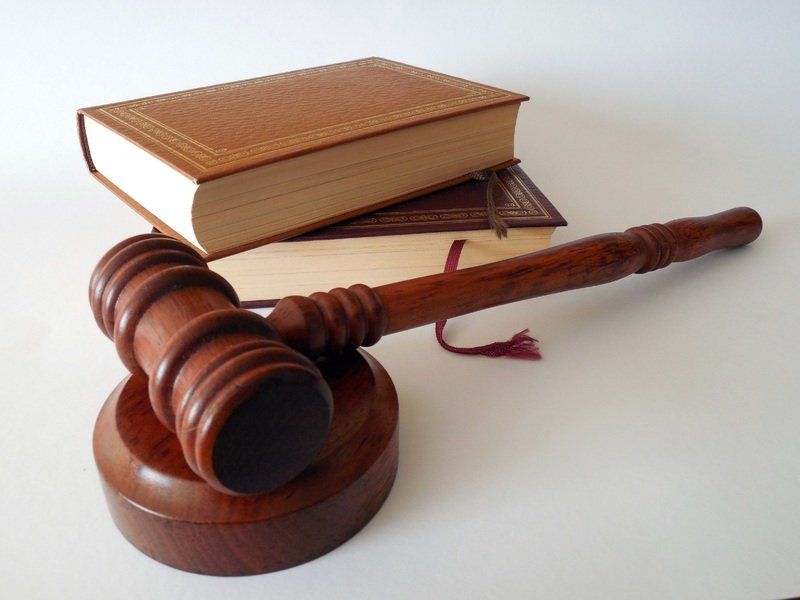How to Keep Your Maintenance Costs Low
Maintenance costs are always going to be a factor when you own rental property. From pest control to appliance repair, maintenance costs form a key component of a property’s expenses. Thankfully, there are ways that savvy landlords can do to help minimize them.
Here’s how to keep your maintenance costs low.
1. Save for maintenance costs every month
This is one area that many landlords oftentimes overlook. One of the responsibilities of being a landlord is paying for maintenance and repairs on time. You should plan to include additional costs that arise periodically to the monthly maintenance budget.
Budget for the cost of cleaning, occasional painting, window repairs and minor carpentry. Others include cost of repairing the roofing, plumbing, cooling, heating and electrical systems.
If your home rents for $1,000, expect to pay approximately $1,500 in repairs for annual maintenance costs. Generally speaking, you can expect annual maintenance costs to average about 1.5 times the monthly rental rate. Budget less for newer homes, more for older homes.
2. Come up with a solid plan for future expenses
Building a plan for future expenses is a surefire way to mitigate against unexpected issues. Appliance failures, roof leaks, bursting pipes are just some of the unfortunate things that could catch you off-guard.
Keeping maintenance costs low requires you to be attentive and responsive. Always conduct regular inspections at your home so you know what needs attention.
3. Respond to maintenance issues promptly
Responding to tenant maintenance requests swiftly impacts the length of tenancy and tenant satisfaction. Moreover, when you swiftly respond and act on maintenance requests, it encourages the tenant to also care for the property.
Conversely, when you take too long to respond to tenant maintenance costs, there’s a likelihood that the tenant will neglect the property as well. Such a tenant will also be less likely to renew their lease once the existing term is over.
Tenant turnover costs a lot. In the US, the average cost of getting a home ready for the next tenant is slightly more than 700 bucks. Therefore, it pays to keep a tenant satisfied.
4. Invest in proactive upgrades
You can save money if you proactively address future problems. Many landlords wait until something goes wrong to act. This could turn out to be very costly as the situation could reach dire levels if neglected for too long.
For instance, if some shingles are missing from your home’s roof, it’s better to have them fixed now than to wait until the problem worsens.
Also, it may prove cheaper to simply replace a unit than to keep repairing it.
5. Maximize efficiencies
To save on maintenance costs, you could upgrade to efficient systems. Here are some low maintenance upgrades to get you started:
- Opt for composite materials. Composite decking won’t rot and are impervious to insect attack. They won’t chip, splinter, or fade.
- ” Replace wood windows with fiberglass. Fiberglass won’t warp like wood. It’s also moisture-and rot-resistant.
- Choose quartz countertops. Quartz cleans up easily, and is impossible to stain.
- ” Opt for laminate flooring. Laminate flooring never needs refinishing during the life of the product. It’s also stain, moisture, and scratch resistant.
- ” Switch to metal for a “forever” roof. A metal roof’s replacement cycle is almost three times longer than that of three-tab asphalt shingles. Most have warranties of 40 to 50 years.
- Use energy saving appliances and light bulbs. These can make a huge difference in heat and power bills.
6. Know the Law
Fixing a problem at one of your properties may seem as easy as just sending someone. However, some repairs require the help of professional, licensed contractors.
Before deciding the cause of action, make sure you are well-versed with the tenant-landlord law. If you still need more help, seek professional services. Many judges have zero tolerance when it comes to landlords who are ignorant of these laws.
Moreover, for the sake of avoiding lawsuits with your tenant, documentation is important. The cost of maintenance lawsuits could exceed a million dollars, depending on your insurance policy.
7. Know your properties inside and out
When handling maintenance requests, landlords should adhere to property codes. These codes require that certain actions on the property follow state and local laws. Examples of codes include:
- Wildfire prevention code. This code helps deal with reducing the danger of large wildfires near subdivisions and other urban development.
- Energy conservation code. This code provides regulations for the municipality that wants to mandate energy conservation technologies and techniques.
- Existing building code. This code governs both housing and commercial buildings that are not new construction.
- Mechanical code. This code covers mostly your heating, ventilation and cooling systems.
- Electrical code. This one is controlled by the National Fire Protection Association.
- Plumbing code. This code sets the standards for plumbing in residential and non-residential structures.
If you’re looking for a Tampa property management company, click here
to find out more about our services.








